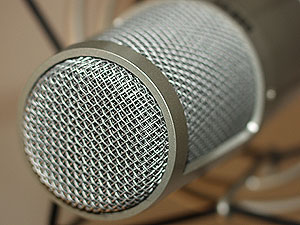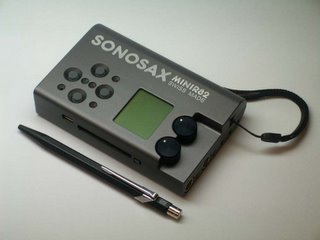
UK distributor
Source Distribution has announced the availability of the new Røde Podcaster – which claims to be the world’s first broadcast quality USB microphone.
Based on Røde’s acclaimed Broadcaster microphone, like the NT2, the Podcaster delivers "studio-grade results through a tight cardioid response that seamlessly connects directly to PC or Mac with a single USB cable, avoiding the added cost and complexity of a separate computer audio interface".
Ideal for online broadcasters, the mic also provides a convenient solution for anyone who records audio directly to their computer, including journalists, voice-over artists, musicians, students and multi-media professionals.
The Podcaster is powered entirely from the USB bus, and uses high-grade A-D converters for optimum quality. It comes complete with an onboard high-output headphone amp for direct monitoring purposes, along with a dedicated volume control and a 3.5mm minijack headphone output. A green status LED indicates that the mic is active and ready for recording.
The microphone comes complete with a microphone stand mount and 5 metres of USB cable. Optional accessories available shortly include a suspension mount and an anglepoise table mounting arm.
To further enhance the Podcaster’s features, Røde has also developed optional downloadable software that allows the user to control the Podcaster’s recording level, to monitor levels via an LED level meter, and to mute the microphone when playing back recordings. This software is available from
www.rodepodcaster.com - a dedicated site that also provides podcast hosting as well as offering a wealth of podcasting information and tips.
Oh, and the price? UK 149 pounds including UK VAT.



























